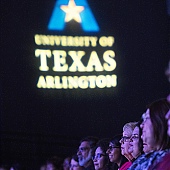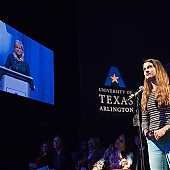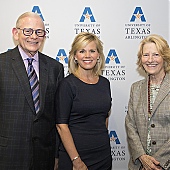
Human Touch
With a $1.35 million grant, Dan Popa aims to make robots more lifelike.
Spring 2013 · Comment ·
Imagine a human-like robot that can accurately perceive its environment and help people in need. Such technology may soon jump from the pages of science fiction into the real world.
These smart robots are at the heart of a $1.35 million National Science Foundation project led by electrical engineering Associate Professor Dan Popa.
“Our goal is to make robots and robotic technology more human-like and more human-friendly,” says Dr. Popa, who leads the College of Engineering’s Next Gen Systems group. “Robotic devices need to be safe and better able to detect human intent. For example, when someone is wearing a prosthetic, we want that prosthetic to be able to determine when a baseball is being thrown at it, then catch the ball.”
Popa and his research partners believe that robots of the future will share their living spaces with humans and will wear sensor skins and clothing that can be interconnected, fitted, cleaned, repaired, and replaced.
“This research will unlock near-term and unforeseen applications of robotic skin with broad applicability, especially for home assistance, medical rehabilitation, and prosthetics,” he says.
The “smart skin” that Popa’s work employs has embedded sensors developed by electrical engineering Professors Zeynep Celik-Butler and Don Butler, as well as algorithms and data networking developed by Frank Lewis, professor of electrical engineering and the Moncrief-O’Donnell Endowed Chair. Hanson Robotics and Advanced Arm Dynamics, two North Texas-based companies, also are involved in the research.
Much of the work will take place at the UT Arlington Research Institute.




















